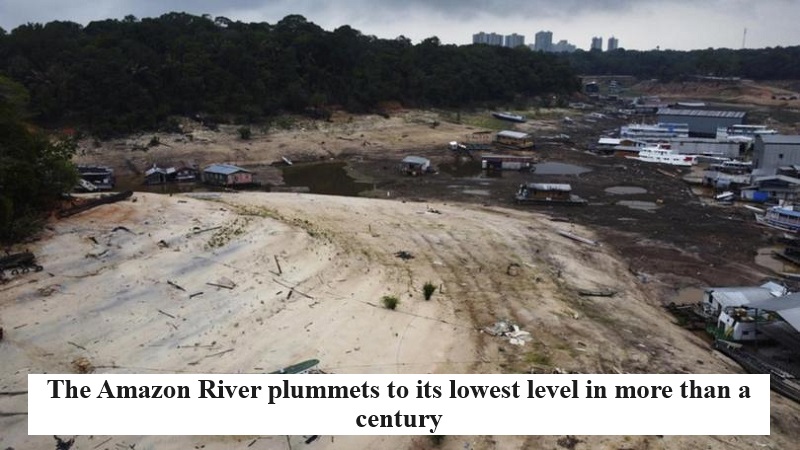
The Amazon River, which serves as a vital lifeline for the Brazilian rainforest, has experienced a significant drop in water levels, reaching its lowest point in over a century. This severe drought is having a profound impact on the lives of hundreds of thousands of people and is causing havoc in the delicate ecosystem of the jungle.
A rapid decrease in water in the river’s tributaries has led to stranded boats, cutting off crucial supplies to remote villages and severely affecting the river’s biodiversity, including the endangered river dolphin population.
The port city of Manaus, situated at the junction of the Rio Negro and the Amazon River, has recorded historically low water levels, posing a dire situation for the region’s most densely populated city.
For months, villagers residing in the heart of the Amazon rainforest have been grappling with the effects of an unrelenting drought.
The situation is deeply concerning, with the port of Manaus measuring just 13.59 meters (44.6 feet) of water on a Monday, compared to 17.60 meters just a year ago.
This record low marks the lowest level recorded since water level monitoring began in 1902, surpassing the previous all-time low in 2010. The implications of such a drastic decline in water levels are far-reaching, affecting transportation, agriculture, and public health.

Post Your Comments